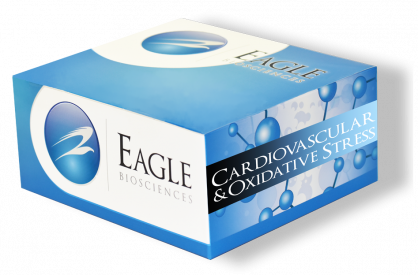IL-5 Human ELISA Assay
The IL-5 Human ELISA Assay is For Research Use Only
Size: 1×96 wells
Sensitivity: 2 pg/mL
Dynamic Range: 7.8 – 250 pg/ml
Incubation Time: 3.5 hours
Sample Type: Serum, Plasma, Cell Culture
Sample Size: 100 µl
Alternative Names: Interleukin 5
Assay Background
Interleukin-5 (IL-5) is a secreted glycoprotein that belongs to the α-helical group of cytokines. Unlike other family members, it is present as a covalently linked antiparallel dimer. The cDNA for human IL-5 encodes a signal peptide and a 115 amino acid (aa) mature protein. Mature human IL-5 shares 70%, 70%, 62%, 71%, 70% and 66%, aa sequence identity with mouse, rat, canine, equine, feline and porcine IL-5, respectively and shows cross-reactivity with mouse IL-5. IL-5 is primarily produced by CD4+ Th2 cells, but also by activated eosinophils, mast cells, EBV-transformed B cells, Reed-Sternberg cells in Hodgkin’s disease, and IL-2-stimulated invariant natural killer T cells (iNKT). IL-5 increases production and mobilization of eosinophils and CD34+ progenitors from the bone marrow and causes maturation of eosinophil precursors outside the bone marrow. The receptor for human IL-5, mainly expressed by eosinophils, but also found on basophils and mast cells, consists of a unique ligand-binding subunit (IL-5 Rα) and a shared Signal transducing subunit, βc. IL-5 Rα first binds IL-5 at low affinity, then associates with preformed βc dimers, forming a high-affinity receptor (12). IL-5 also binds proteoglycans, potentially enhancing its activity. Soluble forms of IL-5 Rα antagonize IL-5 and can be found in vivo. In humans, IL-5 primarily affects cells of the eosinophilic lineage, and promotes their differentiation, maturation, activation, migration and survival, while in mice IL-5 also enhances Ig class switching and release from B1 cells. IL-5 also promotes differentiation of basophils and primes them for histamine and leukotriene release.


